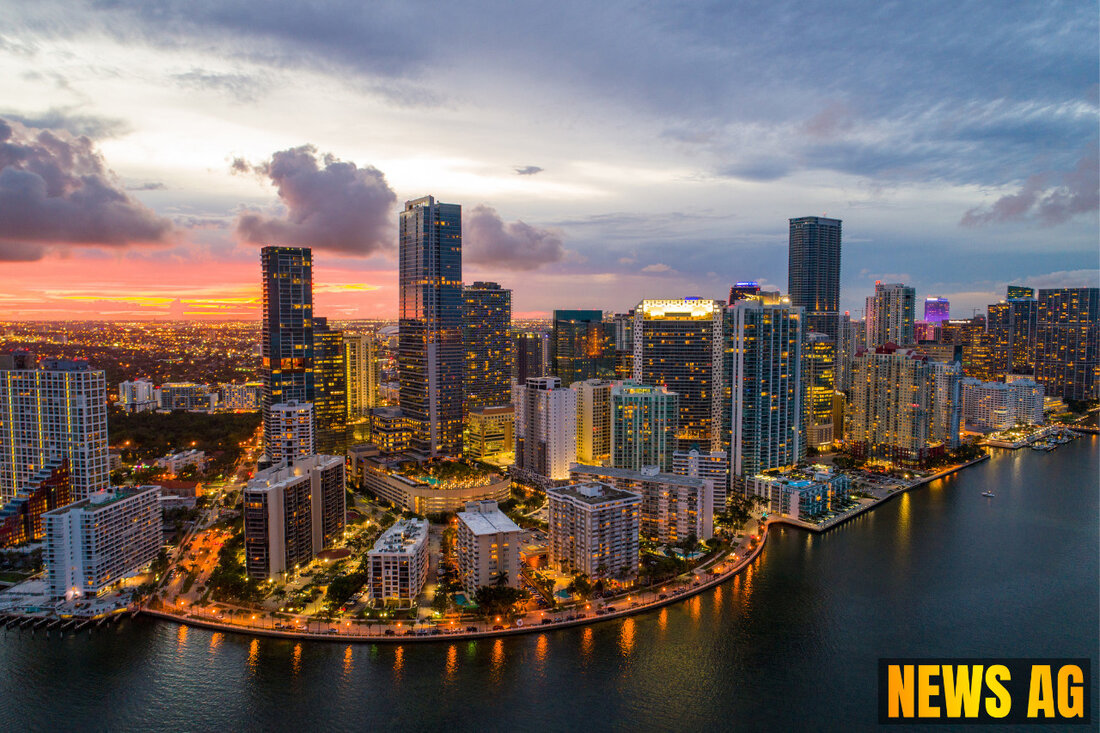Maryland Volunteers Step Up to Save Ancient Horseshoe Crabs!
Discover how Maryland volunteers are saving horseshoe crabs during their vital mating season—critical for their survival and medical use.

Maryland Volunteers Step Up to Save Ancient Horseshoe Crabs!
As summer rolls in and the tides shift, a Maryland non-profit group has taken it upon themselves to rescue the ancient and unique horseshoe crabs during their vulnerable mating season. These fascinating creatures date back an impressive 445 million years, making them closer relatives to spiders than to the crustaceans we typically associate them with. Their survival is crucial, not just for the ecosystem but also for the medical community, where a special protein in their blood, known as Limulus Amebocyte Lysate (LAL), is used to check for endotoxins and bacteria in medical products.
From May to August, this critical period sees horseshoe crabs come ashore during low tide along Maryland’s picturesque eastern shoreline. Here, a dedicated team of about 20 volunteers has been tirelessly working to flip over or rescue horseshoe crabs that find themselves stranded on their backs—an often life-threatening situation for them. The group meticulously checks on the crabs at four different sites, collecting important data for the Maryland Department of Natural Resources. The effort can take anywhere from 15 minutes to several hours, depending on what they find on their daily rounds.
Community Involvement and Education
The volunteers don’t just rescue crabs; they also emphasize the role the public can play in helping these ancient creatures. They encourage anyone who comes across a horseshoe crab flipped onto its back to lend a helping hand by gently flipping it over, although they caution against touching the crabs‘ tails, which can be sensitive.
What’s fascinating is how this local effort ties into broader biomedical practices. As noted by USGS, a staggering 525,000 horseshoe crabs were captured annually in the U.S. between 2013 and 2017 primarily for their blood, which is bled to produce LAL. Although a concerning short-term mortality rate of 15% has been estimated, surprisingly, studies have shown that bled crabs may have higher survival rates compared to their unbled counterparts. This could be attributed to the selection of healthier animals for bleeding, although a decrease in spawning activity, particularly for males, has also been noted.
The Vital Role of Horseshoe Crabs
Horseshoe crabs play an essential role in our ecosystem, acting as a key food source for birds and other wildlife. Yet, their contributions extend beyond nature’s balance. As the public becomes increasingly aware of their importance, initiatives like those in Maryland are crucial for education and engagement. There’s something to be said for the community spirit shown by these volunteers; it demonstrates a proactive approach to conservation that not only benefits the horseshoe crabs but also connects people to their local environment.
So, as you stroll along the eastern shores of Maryland this summer, keep an eye out for these remarkable ancient animals. If you find one in a pickle, remember: a gentle flip could help keep an ancient lineage alive and thriving.
